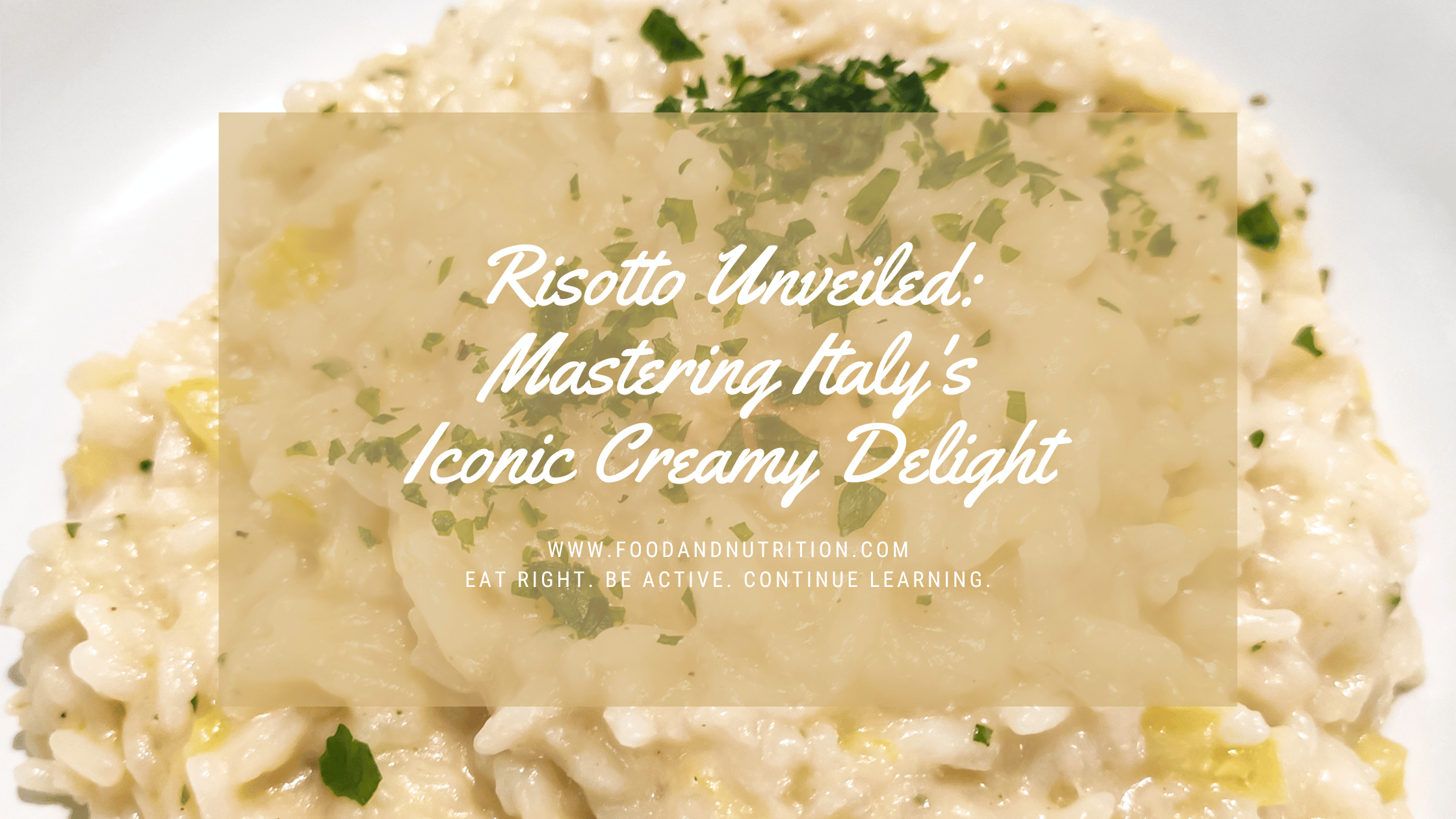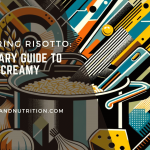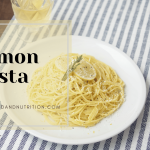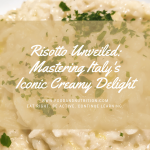Risotto Unveiled: Mastering Italy’s Iconic Creamy Delight

Risotto: a dish that speaks the language of comfort, sophistication, and tradition. In this culinary exploration, we delve deep into the heart of Risotto – an iconic Italian dish known for its creamy texture and rich, nuanced flavors. As a registered dietitian and a lover of wholesome, delicious food, I invite you on this journey to uncover the secrets of Risotto, from its storied past to its nutritious present, and learn how to perfect this timeless dish in your own kitchen.
The Historical Roots of Risotto
Risotto’s origins trace back to Northern Italy, particularly in the fertile plains of the Po Valley, where rice paddies abound. It was here, in the Middle Ages, that rice was first introduced to Italian kitchens. Risotto, specifically, began its culinary journey in Milan, evolving over time into the creamy, luxurious dish we adore today. The marriage of local ingredients and slow-cooking techniques led to the birth of Risotto alla Milanese, the saffron-infused ancestor of modern risotto.
Why Risotto Captivates Palates Worldwide
Risotto’s popularity lies in its versatility and the magic of transformation. A simple combination of rice, broth, and a few key ingredients creates a dish that’s both comforting and elegant. The way Arborio, Carnaroli, or Vialone Nano rice grains absorb flavors and swell to a creamy consistency is nothing short of culinary art. This dish’s ability to adapt to seasonal ingredients and personal preferences makes it a favorite in kitchens around the globe.
Delving into Common Ingredients
The core of Risotto lies in its simplicity: rice, broth, onions, and Parmesan cheese. Each ingredient plays a crucial role. Arborio rice is widely preferred for its high starch content and creamy texture when cooked, while Carnaroli offers a firmer bite and Vialone Nano, known for its flavor absorption, is ideal for more broth-rich variations. The broth, whether vegetable, chicken, or beef, is the soul of the dish, infusing the rice with rich flavors. Onions and garlic form the aromatic base, while Parmesan cheese adds a final touch of umami.
Risotto and Nutrition: A Balanced Perspective
Risotto, often viewed as a comfort food, can be a part of a balanced diet. The key lies in portion control and the choice of ingredients. Whole grain rice varieties like brown Arborio add fiber and nutrients. The inclusion of vegetables like mushrooms, spinach, or peas enhances the vitamin and mineral profile. Lean proteins like chicken or seafood can transform Risotto into a complete meal. For those watching their fat intake, substituting butter with olive oil and using reduced-fat cheese are simple tweaks.
Risotto
Ingredients
- 1 cup Arborio Carnaroli, or Vialone Nano rice
- 1 small onion finely chopped
- 2 cloves garlic minced
- 2 tablespoons olive oil
- 1/2 cup white wine optional
- 4 cups chicken or vegetable broth kept warm
- ½ cup grated Parmesan cheese
- Salt and pepper to taste
- 2 tablespoons butter
- Optional additions: mushrooms sautéed spinach, peas, or cooked chicken
Instructions
- Sauté Onions: In a large pan, heat olive oil over medium heat. Add chopped onion and sauté until translucent.
- Toast Rice: Add the rice to the pan and stir for 2-3 minutes until slightly toasted.
- Add Wine: Pour in the wine (if using) and stir until it’s absorbed.
- Add Broth Gradually: Add a ladle of warm broth to the rice. Stir constantly until the broth is absorbed. Repeat this process, adding one ladle at a time, until the rice is al dente and creamy (about 18-20 minutes).
- Finish with Cheese and Butter: Remove from heat. Stir in the Parmesan cheese and butter. Season with salt and pepper to taste.
- Serve Immediately: Risotto is best served immediately after cooking.
Notes
Serving Ideas to Elevate Your Risotto
Risotto is traditionally served as a first course (primo) in Italy, but it’s versatile enough to be a main dish. Pair it with a simple salad, grilled vegetables, or lean protein like chicken or fish for a balanced meal. In warmer months, a Risotto with fresh herbs, lemon zest, and seasonal vegetables makes a refreshing option. In cooler weather, heartier versions with pumpkin, mushrooms, or truffles are comforting and satisfying.
Chef Tips for Perfect Risotto
- Use the Right Rice: Choose Arborio, Carnaroli, or Vialone Nano for the best results.
- Toast the Rice: This step enhances the flavor and helps the grains maintain their structure.
- Stir Gently but Consistently: This encourages the starches to release and create that signature creamy texture.
- Season Thoughtfully: Balance the richness with a touch of acidity from wine and finish with high-quality Parmesan cheese.
- Rest Before Serving: Let the Risotto sit for a few minutes off the heat to achieve the perfect consistency.

Food Safety Considerations
While Risotto is a delight to the palate, food safety is paramount. Ensure that all ingredients, especially if using chicken or seafood, are fresh and handled properly. Leftover Risotto should be cooled quickly and refrigerated within two hours of cooking. Reheat only once and ensure it’s piping hot throughout before serving.
Conclusion
Risotto is more than just a dish; it’s a culinary experience that brings together history, nutrition, and exquisite flavors. Whether you’re a seasoned home cook or a beginner, Risotto offers a canvas to express your culinary creativity while maintaining a focus on health and nutrition. Next time you stir a pot of Risotto, remember you’re not just cooking a meal; you’re partaking in a rich culinary tradition that has been cherished for centuries.

